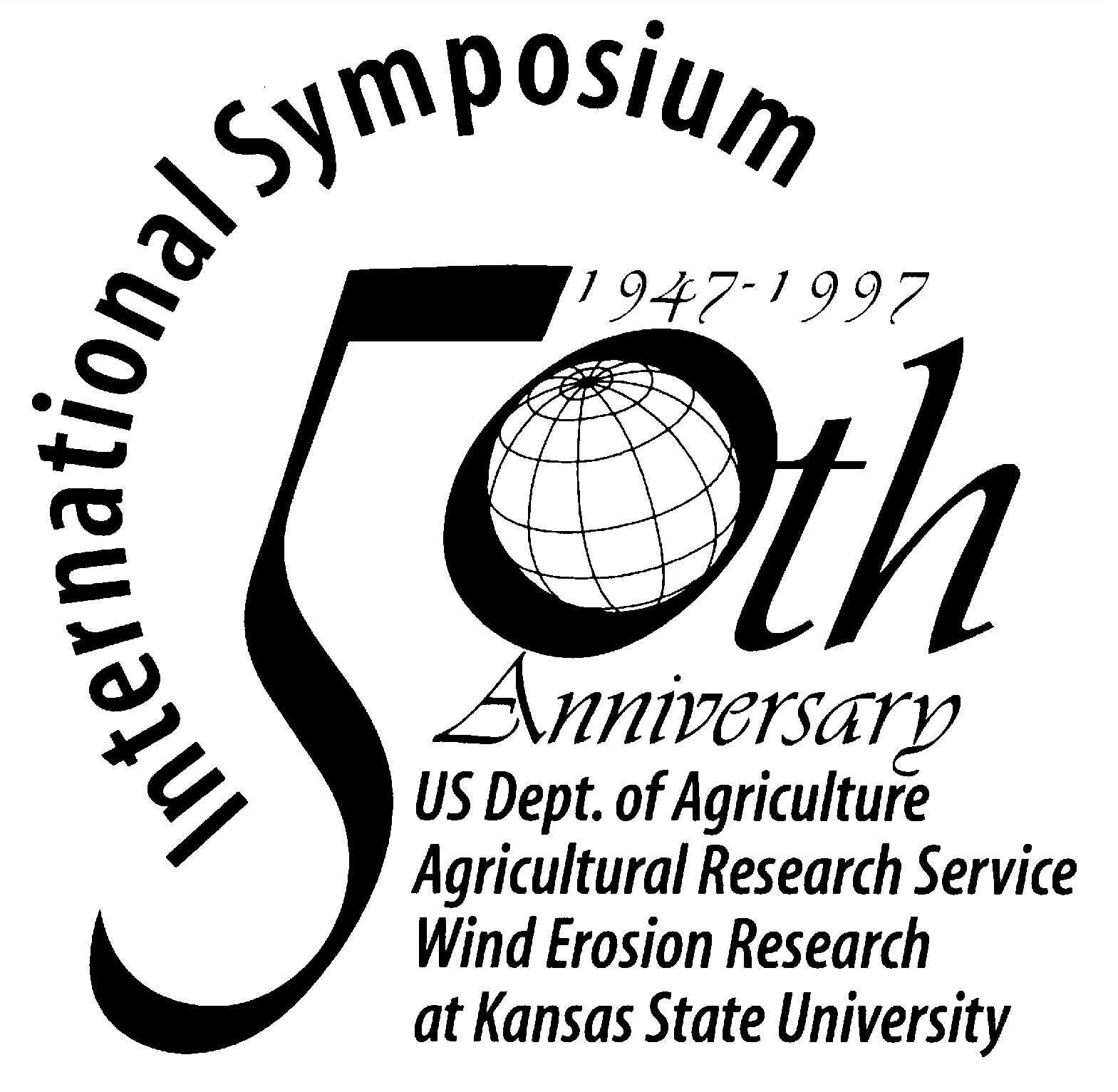|
Hydrology Submodel in a Wind Erosion Prediction System
Edward L. Skidmore
Abstract
Water affects wind erosion. Wet surfaces are essentially non-erodible. Frequency,
amount, and intensity of precipitation affect plant growth, residue decomposition, soil
aggregate status, and surface configuration which all modify rate of wind erosion. The
purpose of HYDROLOGY submodel is to predict soil water status and how it changes in time
and space as a function of soil hydraulic properties, potential evaporation, and
precipitation. Special emphases in given to predicting wetness of the soil particles at
the soil-atmosphere interface because of its large influence on detachment of soil
particles. Soil hydraulic properties are either measured or estimated from basic soil
properties. Potential evaporation is calculated from solar radiation, wind speed,
temperature, and humidity furnished by WEATHER. Rainfall information is also obtained from
WEATHER. Whether precipitation is snow and not rain is determined as a function of mean
daily temperature at specified probability. Rain and snow are partitioned between
infiltration and runoff for each simulation run. HYDROLOGY uses a finite-difference
technique to redistribute soil water with the Darcy equation for water flow. It predicts
soil wetness at the soil-atmosphere interface. Results from model simulations of
evaporation, water content profiles, soil water status at the soil-atmosphere interface
agreed well with measured values. The model simulates soil water dynamics as needed for
wind erosion modeling. |




